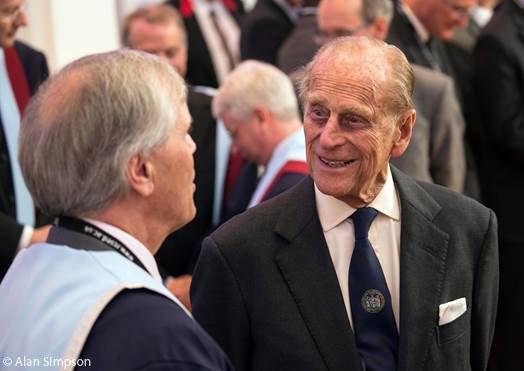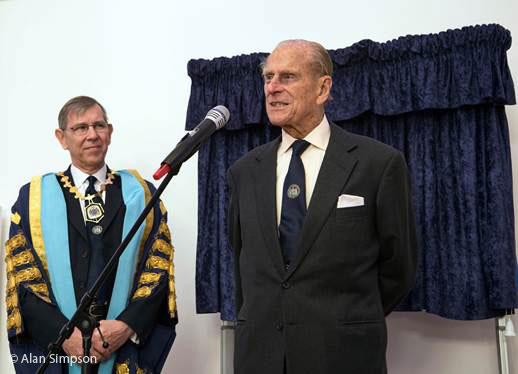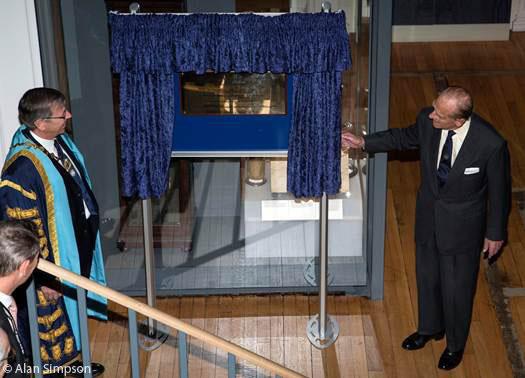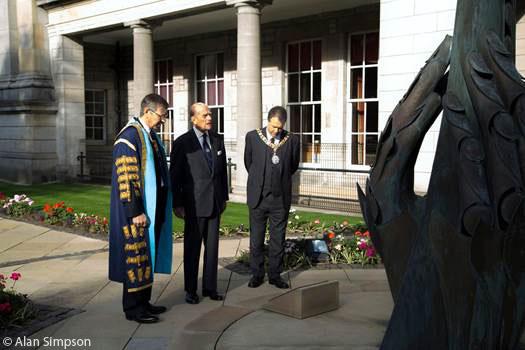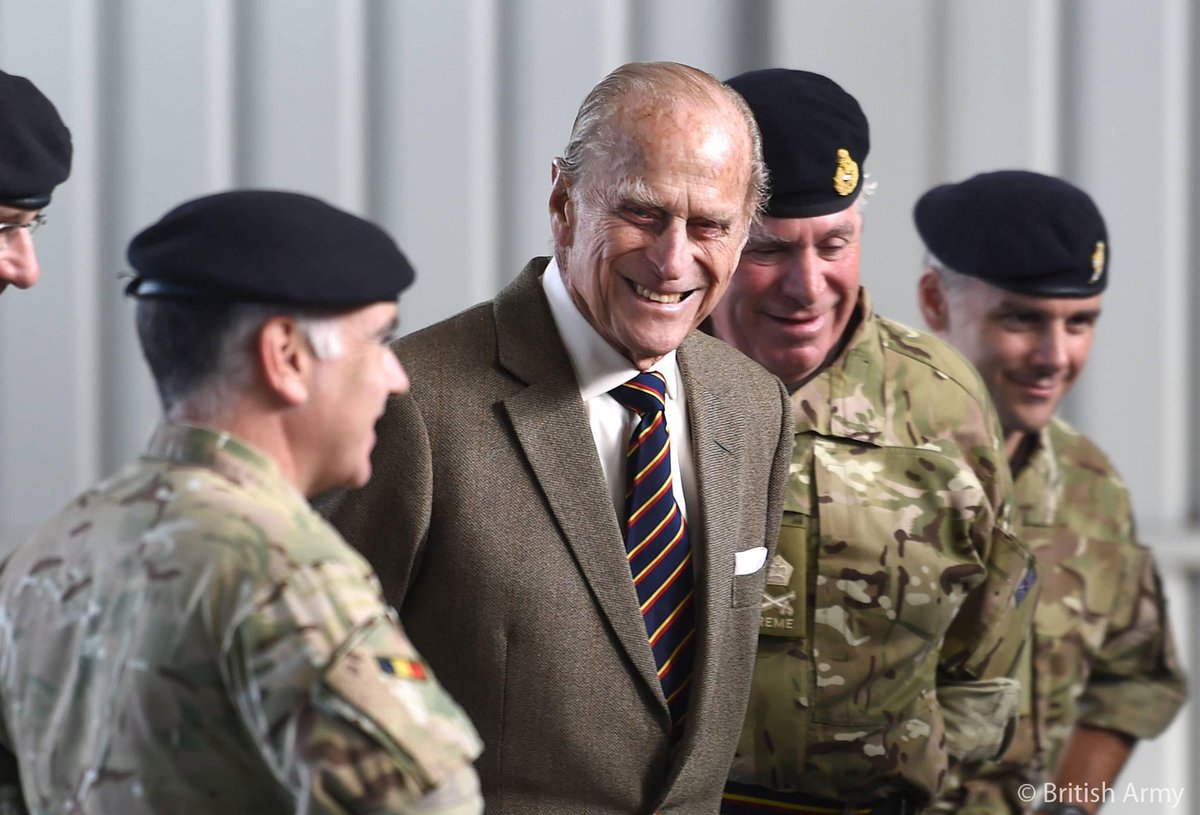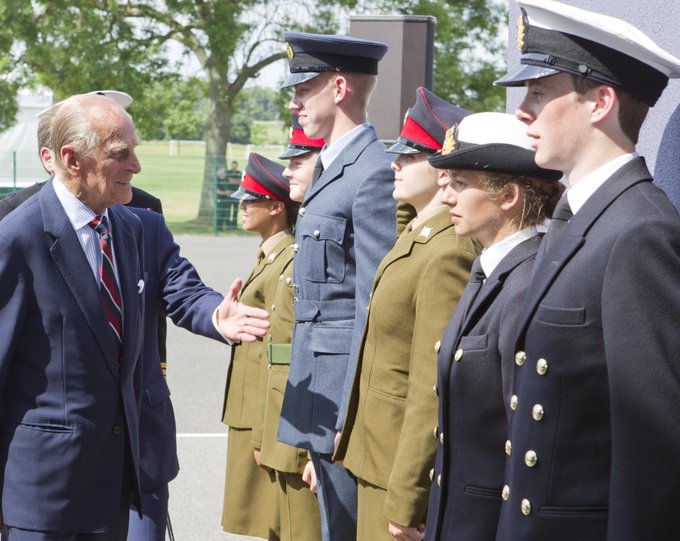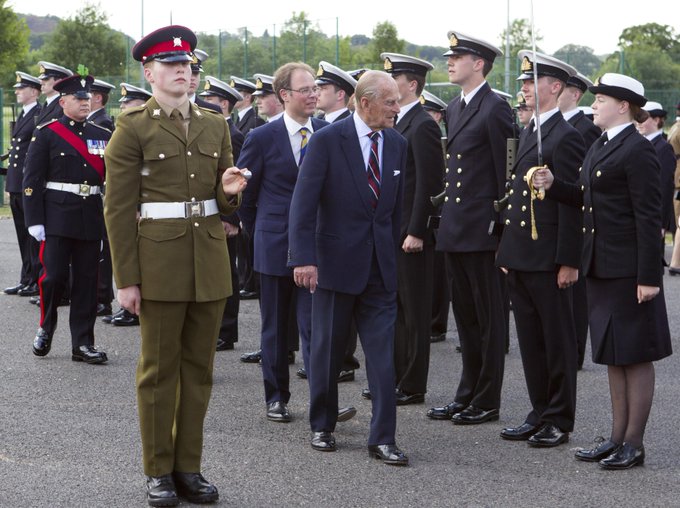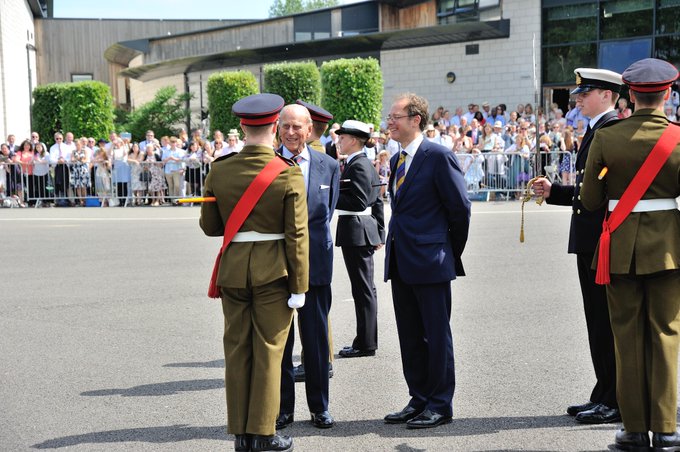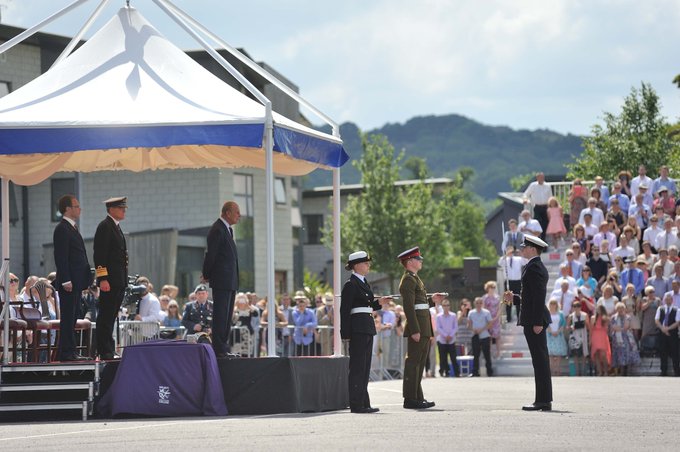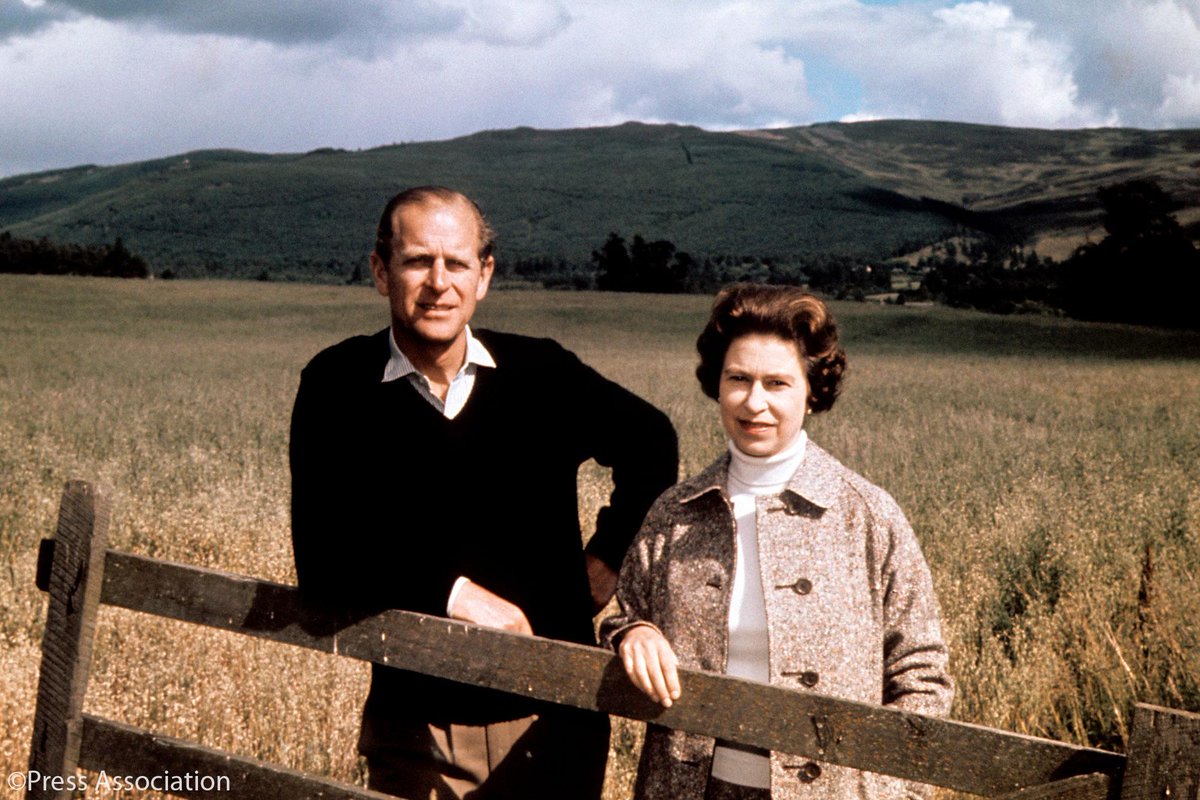29.11.16
The Queen’s great-granchildren

The Queen’s great-granchildren
AKA George Alexander Louis Windsor. Prince William and the Duchess of Cambridge’s eldest child was born on 22nd July 2013. He is third in line to the throne and can already count being ranked GQ’s 49th best-dressed ‘man’ in Britain as one of his accolades.

Charlotte Elizabeth Diana is Prince William and the DoC’s youngest child, born on 2nd May 2015. She’s fourth in line to the throne, and due to new changes in succession law cannot be displaced in line by any younger brothers.

The Queen’s first great-grandchild Savannah Anne Kathleen was born on 29th December 2010 to Peter Phillips and Autumn Kelly. She carries no official title but is the 14th in line to the throne.

Isla Elizabeth is Savannah’s younger sister and the 15th in line to the throne. Born on 29th March 2012, she is Peter and Autumn’s second child.

Born on 17th January 2014, Mia Grace is Zara and Mike’s eldest child. She’s often seen cheering on her mum at her equestrian trials and has the perfect genes if she wants to become a sports superstar.
28.11.16
26.11.16
25.11.16
23.11.16
Meaning of "catwalk"
A narrow walkway, especially one high above the surrounding area, used to provide access or allow workers to stand or move, as over the stage in a theater, outside the roadway of a bridge, along the top of a railroad car, etc.
21.11.16
The Duke of Edinburgh
Following a successful naval career during which he saw active service in the Second World War, The Duke of Edinburgh began to focus on his work in support of The Queen following her Accession in 1952. In 2009 he became the longest serving British consort (companion to the Sovereign), a distinction previously held by Queen Charlotte, George III’s consort. His Royal Highness also has many interests which he pursues separately to his work with Her Majesty, including conservation, engineering, and The Duke of Edinburgh's Award which he founded in 1956.
In addition to supporting The Queen on a large number of charitable engagements, The Duke of Edinburgh is Patron or President of some 800 organisations. Though probably best known for founding The Duke of Edinburgh Award scheme in 1956, His Royal Highness is also involved in the work of many more charities and organisations which reflect his wide ranging interests in topics including conservation, sport, the military and engineering.
The Duke of Edinburgh is involved in a great many charities, with special interests in scientific and technological research, the conservation of the environment and the encouragement of sport.
His passion for industry has been seen in countless visits to research laboratories, coalmines, factories and engineering works, with the aim of contributing to the improvement of British industrial life. On an international scale, he has sponsored six conferences on the human problems of industrial communities within the Commonwealth, in his capacity as Patron of The Work Foundation.
The Duke of Edinburgh, Patron of @RCSEd, today reopened @surgeonshall, one of the UK's oldest museums
Between 1959 and 2011 The Duke chaired the judging panel for The Prince Philip Designers Prize, which rewarded the innovation and creativity of designers and engineers shaping daily life. Winners included product designer Sir James Dyson, architect Lord Foster (designer of 30 St Mary Axe, or 'The Gherkin') and Andrew Ritchie, inventor of the Brompton folding bicycle.
The Duke of Edinburgh Awards
First launched in 1956 in collaboration with German educationalist Kurt Hahn and Lord Hunt, leader of the first successful ascent of Everest, The Duke of Edinburgh's Award has become the world's leading youth achievement award. The Award operates in more than 140 countries and in its 60 years of running has inspired millions of young people to serve their communities, experience adventure and develop and learn outside of the classroom. The four key elements of the Award are Service, Skills, Physical Recreation and Adventurous Journey, and is open to those between 14 and 24 years of age.
You can find out more about The Duke of Edinburgh's Award in the UK at www.dofe.org, and on an international level at www.intaward.org.
Military Appointments
Although Prince Philip ended his active naval career in July 1951, he is still very closely connected to the Armed Forces. In 1952 The Duke was appointed Admiral of the Sea Cadet Corps, Colonel-in-Chief of the Army Cadet Force and Air Commodore-in-Chief of the Air Training Corps. The following year he was promoted to Admiral of the Fleet and appointed Field Marshal and Marshal of the Royal Air Force.
The Duke of Edinburgh, Colonel in Chief, visited Leuchars - 2 Close Support Battalion @Official_REME today
The Duke is also Captain-General of the Royal Marines and Colonel-in-Chief, or Colonel, of a number of British and overseas regiments.
Here are some photos from The Duke of Edinburgh's visit to @WelbeckDSFC for their AGI and Prize Giving this week
Biography
Early Family life
Prince Philip was born in Corfu on 10 June 1921, the only son of Prince Andrew of Greece. His mother was Princess Alice of Battenberg and he therefore held the title 'Prince of Greece and Denmark'.
At 18 months old, Prince Philip and his family had to leave Greece. The country had become politically unstable and his uncle, the King of Greece, Constantine I, was forced to abdicate.
Fearing for the family's safety, Prince Philip's uncle, King George V ordered a Royal Navy ship to collect them and the young Prince was carried to safety in a cot made from an orange box.
Titles
During the First World War Prince Louis of Battenberg, Prince Philip's grandfather, changed the family's name to Mountbatten. Prince Phillip adopted this name when he also became a naturalised British subject and renounced his Royal title in order to marry Princess Elizabeth.
Upon his marriage Prince Phillip was bestowed with the titles Duke of Edinburgh, Earl of Merioneth and Baron Greenwich.
Naval Career
Prince Philip joined the Royal Navy as a cadet in 1939, following in the footsteps of his grandfather, Prince Louis, who was Admiral of the Fleet and First Sea Lord.
After completing his initial training under the auspice of Best Cadet of his entry, Prince Philip spent six months in the Indian Ocean as Midshipman aboard the battleship HMS RAMILLIES in 1940.
Prince Philip was subsequently promoted to sub-lieutenant and appointed to the destroyer HMS WALLACE. In 1942 he became the ship's First Lieutenant at the unusually early age of 21.
In 1952 he was promoted to Commander, but his naval career came to an end on the death of his father-in-law, King George VI.
Second World War
Aged 17 Prince Philip joined the battleship HMS VALIANT, which fought in the Battle of Cape Matapan. The Prince was in charge of the ship's searchlight control, enabling VALIANT to pinpoint enemy vessels in the dark. For this work, he was mentioned in despatches.
Prince Philip was then appointed First Lieutenant of the W-class destroyer, HMS WHELP, which was present in Tokyo Bay when the Japanese signed the surrender.
Marriage
In July 1947 the engagement of Lieutenant Philip Mountbatten to Princess Elizabeth was announced. Four months later, on 20 November, they were married in Westminster Abbey.
Princess Elizabeth and The Duke of Edinburgh spent part of their honeymoon at Broadlands in Hampshire, the home of Earl Mountbatten of Burma, and Birkhall, which is located on the Balmoral estate.
The Queen and The Duke of Edinburgh at Balmoral in 1972, their Silver Wedding Anniversary year #ThrowbackThursday
Children
The Queen and Prince Philip have four children. Prince Charles, Prince of Wales was born in 1948 and Princess Anne, The Princess Royal, was born two years later. After ascending the throne, the couple had two further children: Prince Andrew, Duke of York, born in 1960 and Prince Edward, Earl of Wessex, born in 1964.
Interests
Prince Philip is particularly interested in science, industry and engineering. He has visited research stations and laboratories, coalmines and factories, engineering works and industrial plants - all with the aim of understanding, and contributing to the improvement of, British industrial life.
Environmental and conservation issues are also of great interest to Prince Philip. Concerned about pollution by exhaust fumes, he began using an electric car in the 1960s. Since visiting Antarctica and the South Atlantic in 1956-57, Prince Philip has devoted himself to raising public awareness of the relationship of humanity with the environment.
The Duke is a keen sportsman and enjoys polo, carriage driving and sailing. He is also a qualified pilot and was the first member of the Royal family ever to fly out of Buckingham Palace Garden in a helicopter.
Supporting The Queen
The Duke of Edinburgh has been consort (companion to the Sovereign) for over 60 years, from Her Majesty’s Accession in 1952. In 2009 he became the longest serving British consort, a distinction previously held by Queen Charlotte, George III’s consort. His Royal Highness continues to support The Queen in her role as Head of State by accompanying Her Majesty to events in the UK and abroad, as well as attending state and ceremonial occasions alongside other members of the Royal Family.
Since The Queen's Accession, The Duke of Edinburgh has played a prominent part in many aspects of national life.
The Duke of Edinburgh accompanies The Queen on all her Commonwealth tours and State Visits overseas, as well as on tours and visits to all parts of the United Kingdom. He has also travelled abroad a great deal on his own account.
President Xi and The Duke of Edinburgh inspect the Guard of Honour #ChinaStateVisit
He is patron or president of some 800 organisations, with special interests in scientific and technological research and development, the encouragement of sport, the welfare of young people, and conservation and the environment.
Prince Philip created The Duke of Edinburgh Award in 1956 and continues to be involved, particularly in recognising the achievements of Award participants and the adults who support them.
Charities and Patronages
1001: A Nature Trust
Fundraising trust which is part of the World Wide Fund for Nature International.Region: InternationalMembers of the Royal Family:The Duke of Edinburgh, Member16 Squadron 1939-1945
Old comrades' association.Region: UK-wideMembers of the Royal Family:The Duke of Edinburgh, Associate MemberAbbotsford Flying Club
Website: www.abbotsfordflyingclub.caFormed in 1961 by several WW11 pilots who wanted to promote General Aviation.Region: CanadaMembers of the Royal Family:The Duke of Edinburgh, Honorary Life MemberAccrington Camera Club
Lancashire club promoting the enjoyment of photography.Region: UK (England)Members of the Royal Family:The Duke of Edinburgh, Life MemberAction Medical Research
Website: www.action.org.ukUK charity aiming to improve national health through research into serious illnesses.Region: UK-wideMembers of the Royal Family:The Duke of Edinburgh, PatronAir Force Association of Australia ( The Royal Australian Air Force Association )
Website: www.raafa.org.auLooks after serving and ex-Service men and women of the Royal Australian Air Force.Region: AustraliaMembers of the Royal Family:The Duke of Edinburgh, Honorary Life MemberAir Squadron
Website: www.airsquadron.orgSupports British military and civil aviation.Region: UK-wideMembers of the Royal Family:The Duke of York, Honorary MemberThe Duke of Edinburgh, Honorary Air CommodoreAir Training Corps
Website: www.aircadets.orgYouth aviation organisation sponsored by the Royal Air Force in the UK.Region: UK-wideAlfred Group of Hospitals ( Alfred Health )
Website: www.alfred.org.auGroup of hospitals based in Victoria, Australia.Region: AustraliaMembers of the Royal Family:The Duke of Edinburgh, Patron In ChiefAll England Lawn Tennis and Croquet Club
Website: www.aeltc.comTennis club based in Wimbledon, London, which stages the annual Wimbledon tennis championships.Region: UK (England)Members of the Royal Family:The Duke of Kent, PresidentThe Duke of Edinburgh, Honorary Life MemberHer Majesty The Queen, PatronThe Duchess of Gloucester, Honorary Member












